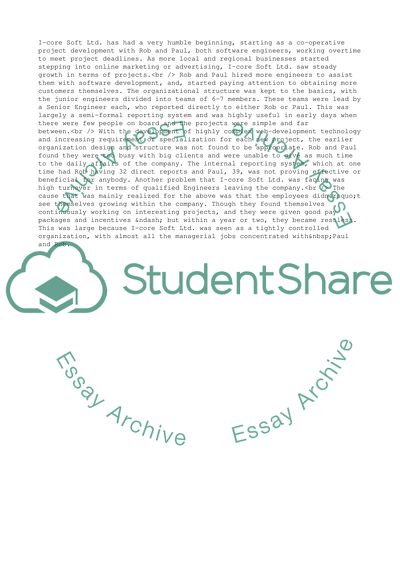Cite this document
(Strategic Analysis of I Core Soft Company Case Study, n.d.)
Strategic Analysis of I Core Soft Company Case Study. https://studentshare.org/business/1706160-organisational-and-strategic-analysis
Strategic Analysis of I Core Soft Company Case Study. https://studentshare.org/business/1706160-organisational-and-strategic-analysis
(Strategic Analysis of I Core Soft Company Case Study)
Strategic Analysis of I Core Soft Company Case Study. https://studentshare.org/business/1706160-organisational-and-strategic-analysis.
Strategic Analysis of I Core Soft Company Case Study. https://studentshare.org/business/1706160-organisational-and-strategic-analysis.
“Strategic Analysis of I Core Soft Company Case Study”. https://studentshare.org/business/1706160-organisational-and-strategic-analysis.


